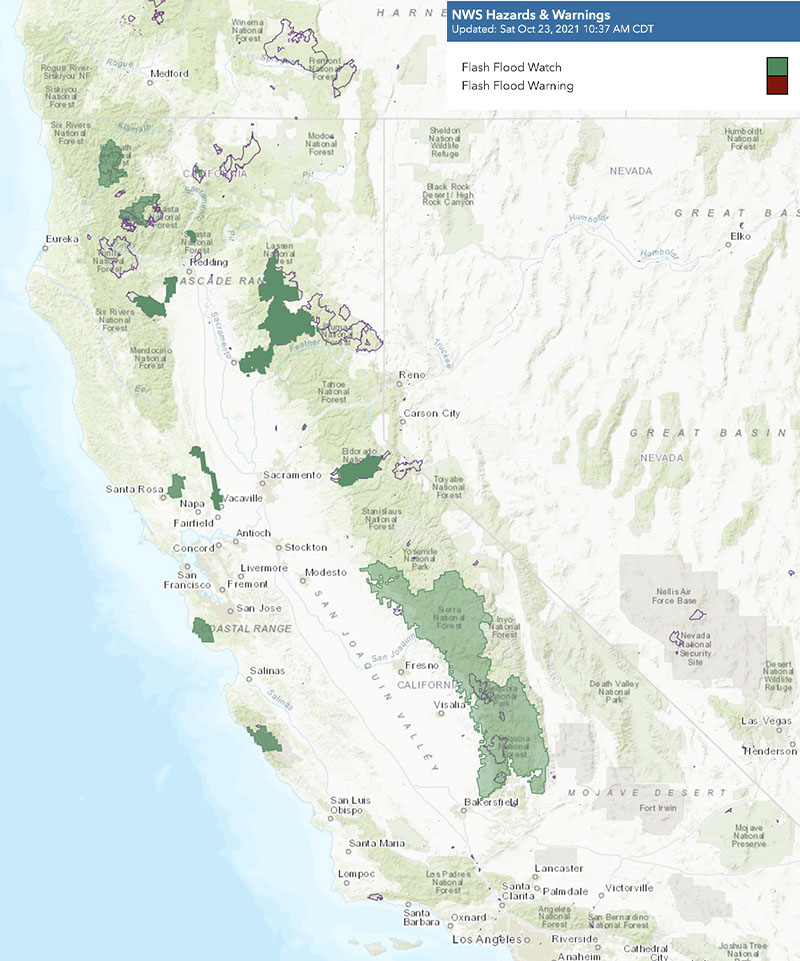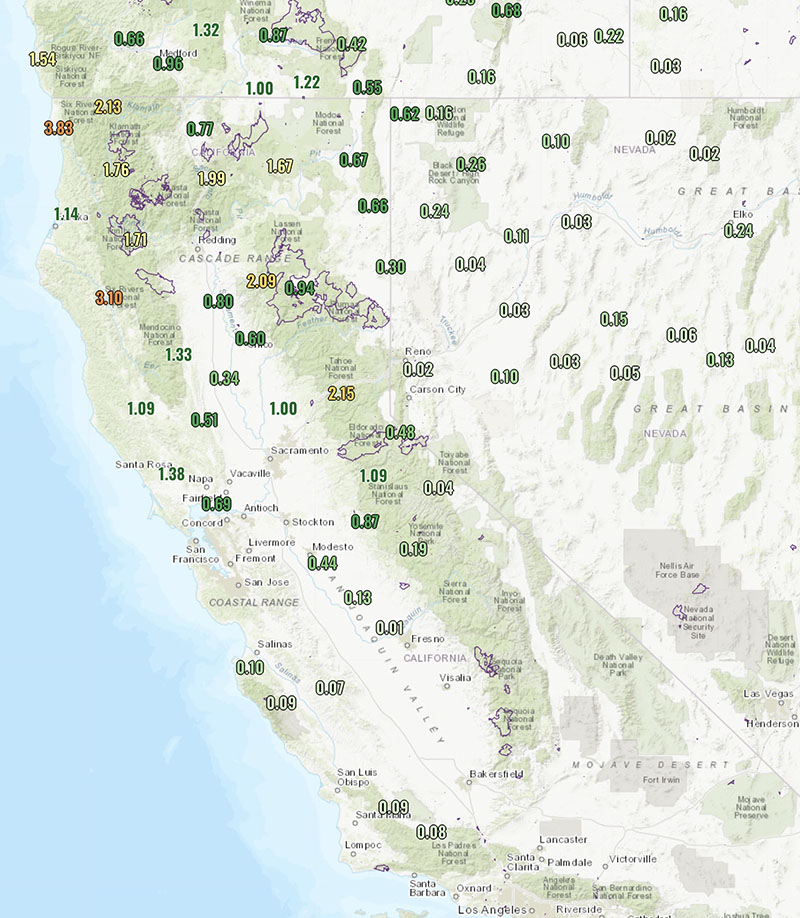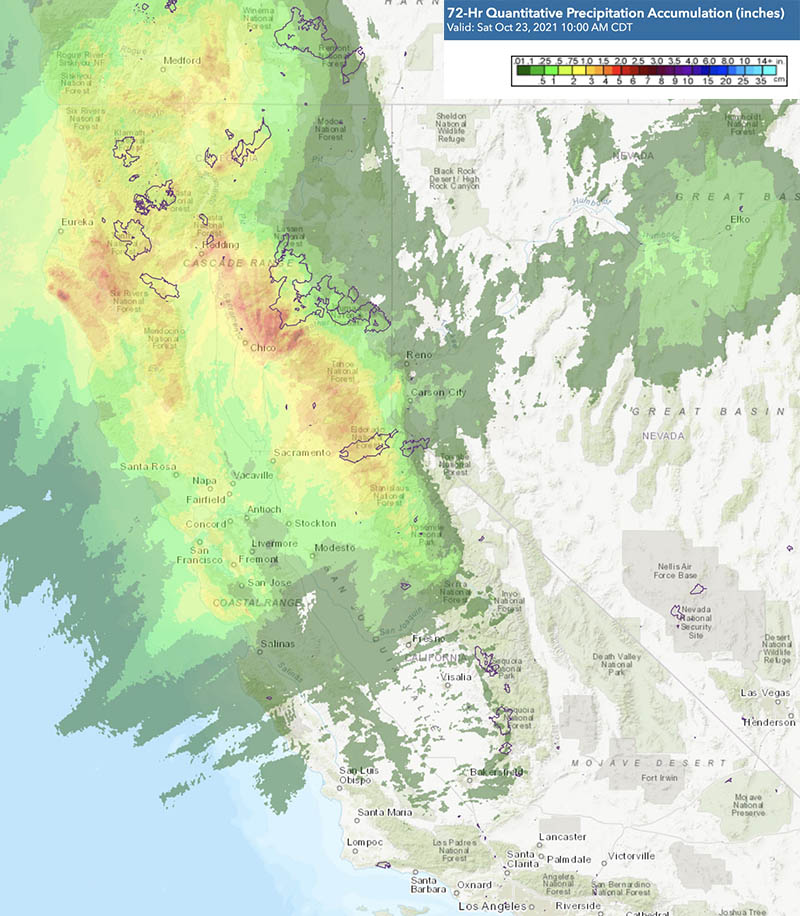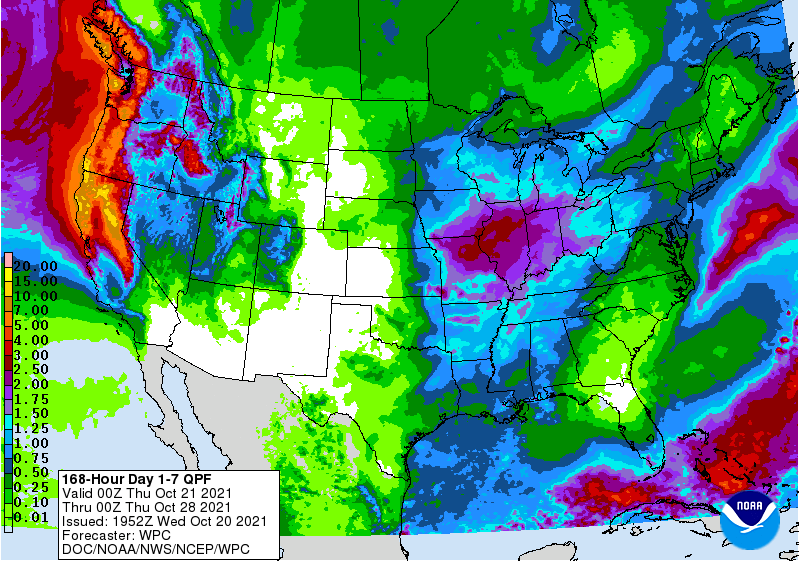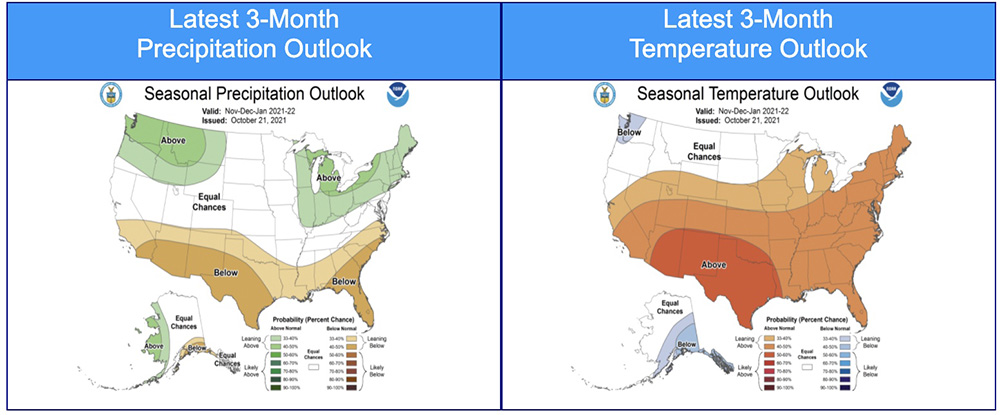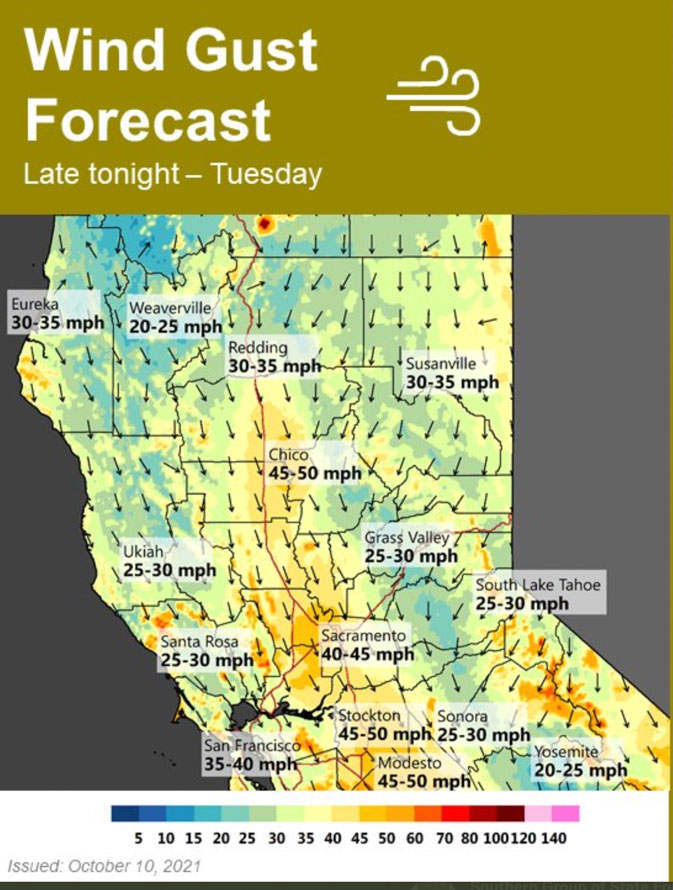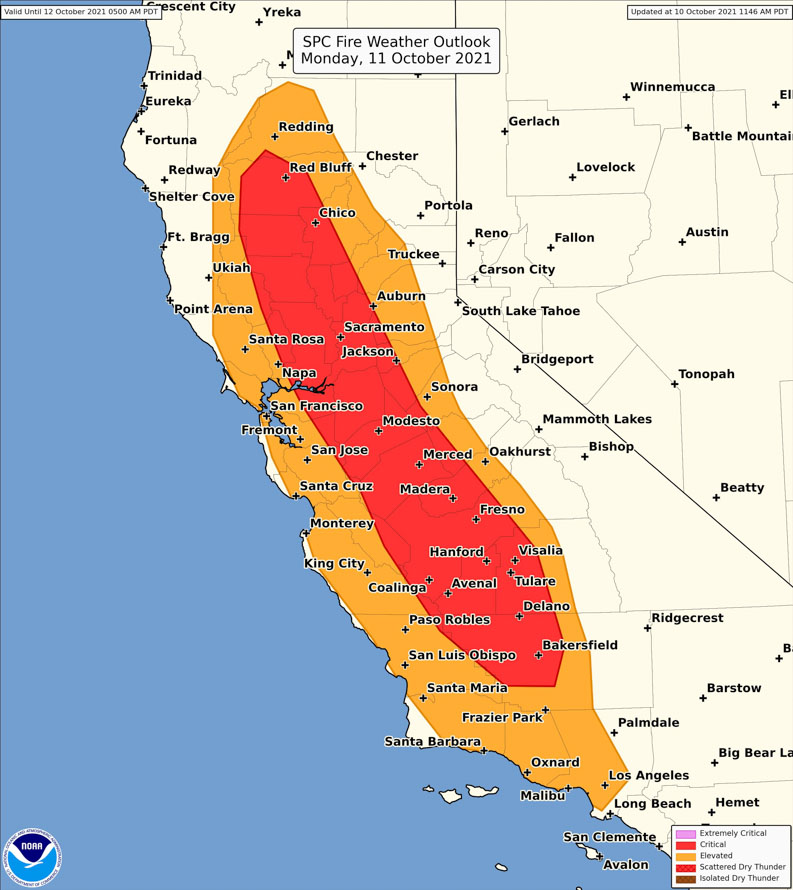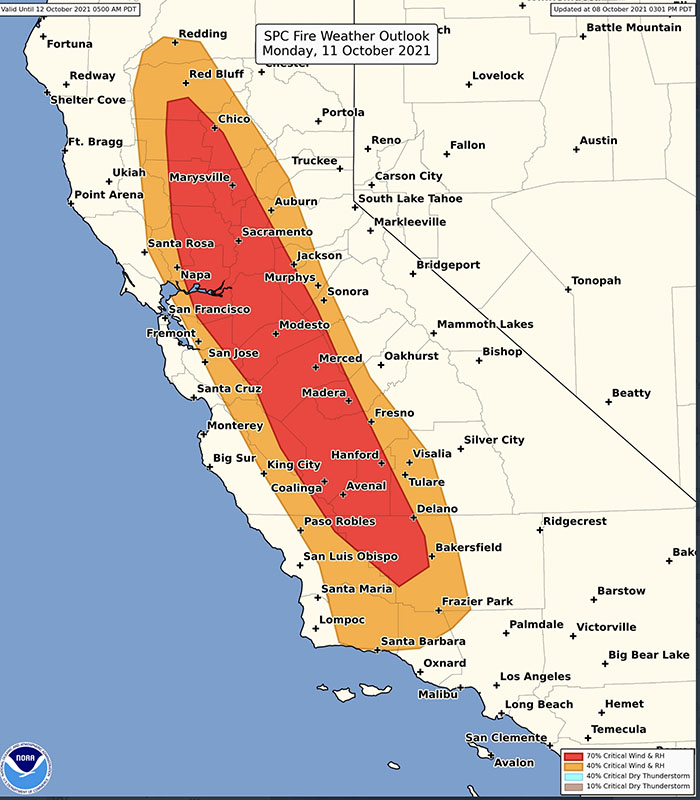
The forecast for wildland fire potential issued December 1 by the National Interagency Fire Center predicts that the December potential for wildfires will be higher than average in Central Montana, Hawaii, and the coastal areas of Georgia and the Carolinas. By February and March the fire danger will be higher than average across eastern New Mexico, west Texas, western Oklahoma, southeast Colorado, and western Kansas.
The data from NIFC shown here represents the cumulative forecasts of the ten Geographic Area Predictive Services Units and the National Predictive Services Unit.

Temperatures far above average have been breaking records the last few days across much of the West, but especially in Oregon, Washington, Idaho, Montana, and the Dakotas. The heat combined with strong winds has resulted in a number of wildfires in Montana on Tuesday and Wednesday of this week.
Below:
- An excerpt from the NIFC narrative report for the next several months;
- Additional NIFC monthly graphical outlooks;
- NOAA’s three-month temperature and precipitation forecasts;
- Drought Monitor;
- Keetch-Byram Drought Index.
“Climate outlooks for winter indicate above normal temperatures are likely along the southern tier of the CONUS, with the highest probabilities likely in the Southeast. Below normal temperatures and above normal precipitation remain expected across the Pacific Northwest and through portions of the northern Rockies and northern High Plains. The Great Lakes is also likely to experience above normal precipitation through February. Below normal precipitation will likely accompany above normal temperatures across the southern half to one-third of the western US, through much of Texas, along the Gulf Coast, and into the Carolinas.
“Above normal significant fire potential will continue on the plains of central and eastern Montana in December as this area remains snow-free with periodic dry and windy conditions. Additionally, leeward sides of the Hawai’ian Islands and the Coastal Plain in the Carolinas and Georgia are forecast to have above normal significant fire potential in December. Through winter, above normal significant fire potential is expected to expand into much of Florida and Georgia, while returning to normal potential in the Carolinas.
“Critical fire weather could bring periods of elevated fire potential to the southern Plains in December and January. However, there is greater confidence in above normal significant fire potential emerging by February across eastern New Mexico, west Texas, western Oklahoma, southeast Colorado, and western Kansas. Above normal potential is likely to expand eastward across Texas and Oklahoma and to lower elevations in southeast Arizona and southern New Mexico during March. This above normal potential will be acute during wind-driven events.”



Continue reading “Wildfire potential to remain high this month in Montana, Carolinas, and Hawaii”



